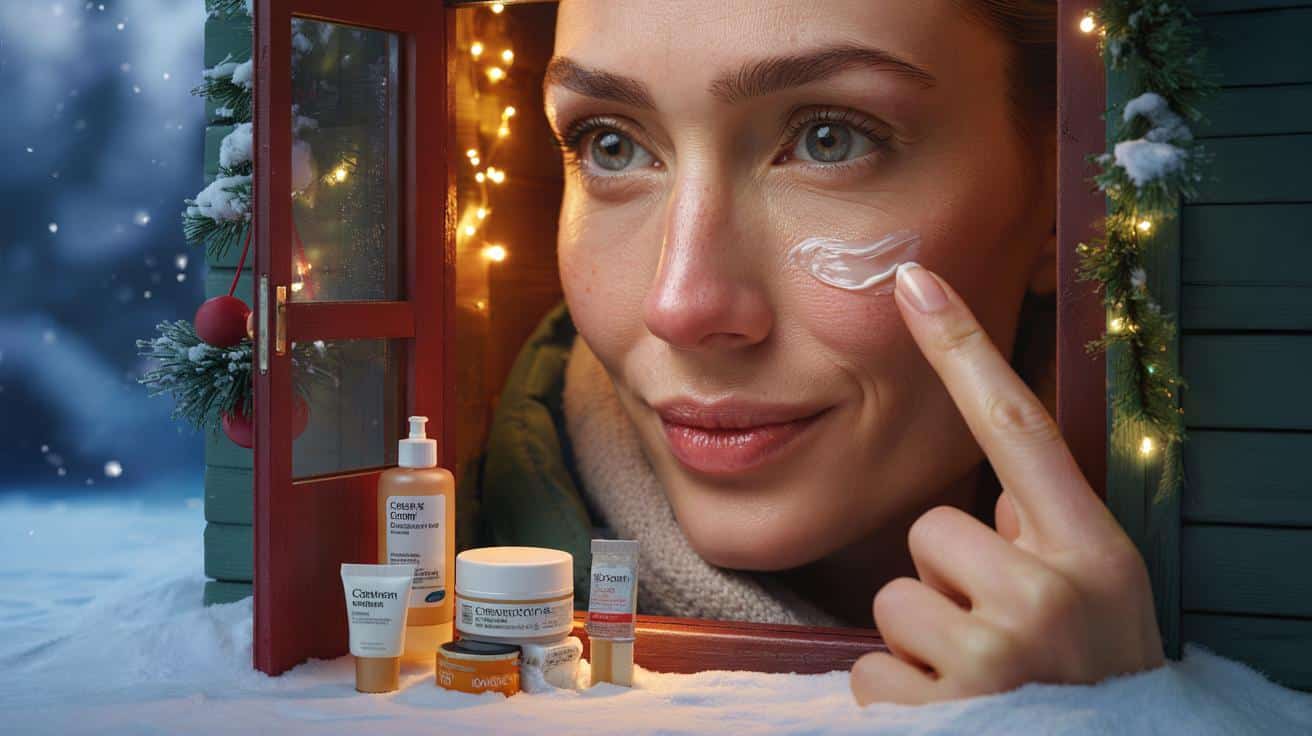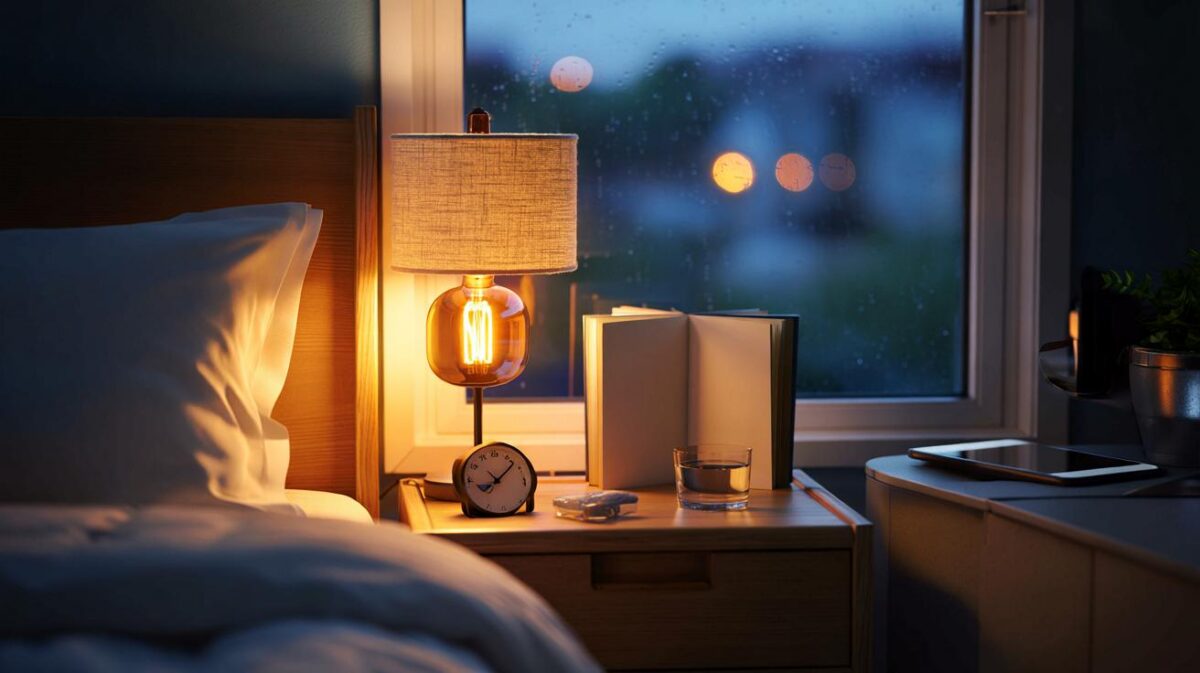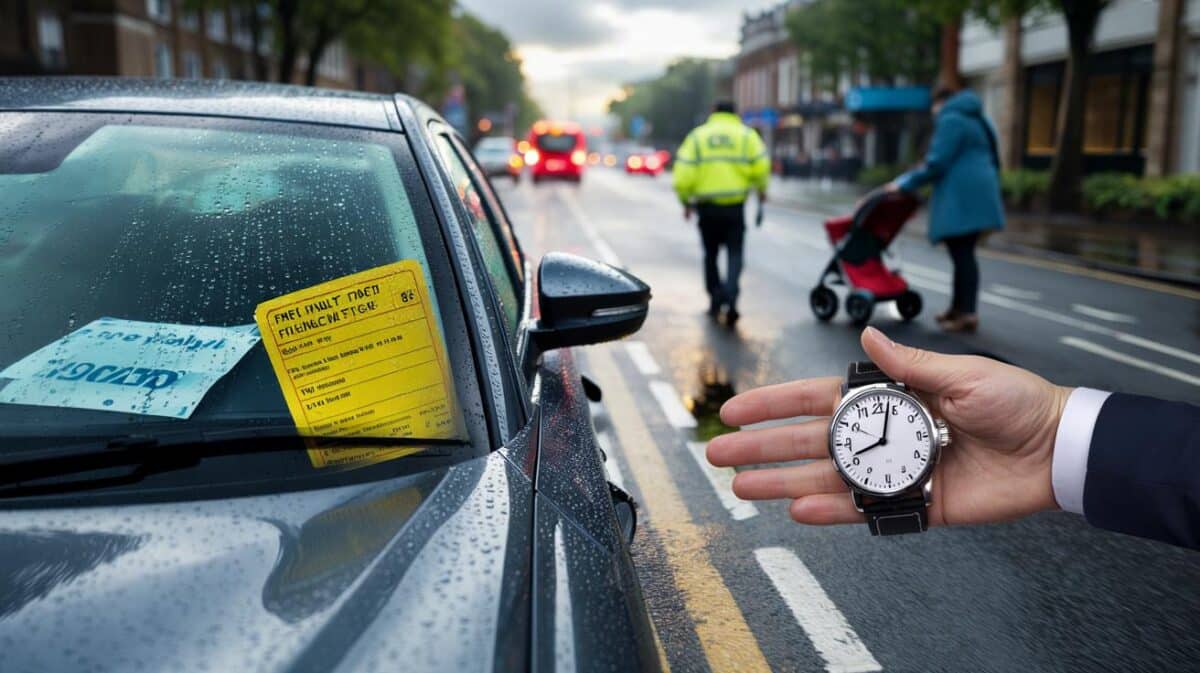Cheeks sting, noses flush cherry-red, and every photo looks like you’ve sprinted a 5K in a snowstorm. The fix isn’t a suitcase of serums. It’s a simple, protective routine that plays defence.
We stepped out of the car into that brittle midnight air that makes your breath look like a signal flare, and the skin across my face tightened as if a string had been pulled. Two hours earlier I’d been in a stuffy service station, sipping scalding tea under fluorescent lights; now the wind at the cottage door felt sharp as paper. Inside, the radiators hissed. Outside, hail pinpricked the dark lane. I caught my reflection in the window — cheeks already pinking up, the tip of my nose turning clownish — and thought about every festive photo I’d seen ruined by Rudolph-glow. That look is not inevitable. There’s a way to leave the frost outside.
Why winter holidays wreck your skin — and how to read the signs
Think of your skin barrier as a well-organised coat rack: lipids, proteins, and corneocytes all hanging neatly, ready to keep warmth in and weather out. Then imagine a week of frosty dog walks, steamy showers, central heating, and dashes between shops and sleigh rides — coats flying everywhere, scarf on the floor, gloves lost. That’s what winter travel does to your barrier. Moisture escapes fast, the surface gets rough, we blush more easily, and tiny nerves near the surface start shouting about the cold. The result isn’t just “dryness”; it’s a barrier under stress.
We’ve all had that moment when you come in from a Boxing Day walk and your cheeks are so tight they feel two sizes too small. A survey of cabin environments puts plane humidity at around 10–20 per cent, which is drier than some deserts, and the flip from that to over-heated rooms is a recipe for trans‑epidermal water loss. Add a few hours on the slopes or in a windswept market and you’re layering windburn over dehydration. UVA, which makes up the bulk of daylight UV, still exists through clouds and winter windows, so redness lingers longer than you expect.
The science is fairly simple. When the air is dry and cold, water diffuses out of the stratum corneum faster, humectants inside the skin get overwhelmed, and barrier lipids become less fluid, which makes micro-cracks more likely. Wind increases evaporation and irritation, while sudden heat vasodilates tiny blood vessels, making skin look flushed and patchy. Fragrance, foaming surfactants, over‑enthusiastic exfoliation — all of that pokes at a barrier that’s already juggling too much. This is why the best routine for December isn’t fancy; it’s strategic.
The routine that blocks the burn: fast, layered, and travel-proof
Start with a non‑foaming cleanse using lukewarm water, then pat — don’t rub — so skin stays slightly damp. Smooth on a humectant serum or essence with glycerin, hyaluronic acid, or aloe, and go straight in with a ceramide‑rich moisturiser to lock that water down. Follow with **SPF isn’t seasonal**: a fragrance‑free SPF 30 or higher with good UVA coverage, ideally a cream, not a spray. Last step, spot‑shield: tap a rice‑grain of plain petrolatum or a thick balm over the highest points — cheekbones, nose tip, under the nostrils — where wind bites first. If you’re heading out, add a soft scarf as a breathable windbreak.
Night is for repair. After cleansing, layer a simple hydrating serum and a richer cream with squalane or shea, then add a fingertip of balm onto the same hot spots — a targeted “slug” rather than a full‑face slide. Two or three times a week, swap in products with niacinamide or panthenol to reduce the look of redness and help with barrier function. Skip acids and strong retinoids for a few days if your face feels sore or shiny. Let it calm, then reintroduce slowly. Let’s be honest: nobody actually does that every day.
Travel tweaks make a startling difference. On the plane, cleanse with a warm, damp flannel before boarding, use a hydrating mist or essence, then layer moisturiser and reapply a light film of balm over cheekbones mid‑flight. Drink water and hold the wine. Back at the hotel or the ski chalet, keep showers quick and warm, not scalding, and place a mug of water near the radiator if you don’t have a humidifier.
“Winter skin isn’t delicate, it’s thirsty and disorganised,” says a consultant dermatologist I spoke to. “Give it water, then give it walls. Everything else can wait.”
- On‑the‑go barrier kit: mini gentle cleanser, hydrating essence, ceramide cream, SPF 30+, tiny petrolatum.
- Fabric buffer: a soft scarf over lower face in wind; avoid scratchy wool next to skin.
- Redness reset: niacinamide 2–5%, panthenol, colloidal oatmeal, centella — simple, fragrance‑free.
- Skip list: harsh scrubs, peels, hot water, strong fragrance, alcohol‑heavy toners.
When you slip up, here’s how to recover — and keep the glow for photos
Say you forgot sunscreen at the Christmas market and your nose is blazing by tea time. Rinse with cool water, press on a fragrance‑free lotion with colloidal oatmeal or allantoin, and after it sinks in, dab a thin layer of balm on the reddest patches to reduce sting. Use a soothing, green‑tinted moisturiser under makeup to mute the flush. Keep your evening routine bare: gentle cleanse, hydrating serum, rich cream, spot‑slug. *I could feel the sting before I even took off my gloves.*
If your skin tends to flare, treat the triggers like you would a tricky relative at dinner — handle with care. Alternate retinoids with rest nights, avoid saunas right after a snowy walk, and leave the gritty scrubs at home. Those with rosacea might find spicy food, alcohol, and quick temperature swings set off flushing; a GP can help you map it. **Think occlusive, not oily**: a thin film of petrolatum over the cheeks can be a better shield than piling on oils that don’t stop evaporation.
Here’s the small habit that changes the whole holiday: apply on damp skin, then seal, every single time. This “damp‑to‑seal” method traps water where you need it and makes even a basic cream work harder. A tinted SPF stick in your pocket means easy top‑ups during mulled wine runs and slope stops. **Layer on damp skin** becomes your winter mantra. And your photos? No more tomato‑red noses — just that healthy, just‑back‑inside flush that looks intentional.
So much festive skincare advice reads like homework, and December isn’t the month for that. The truth is, two or three small moves — damp‑to‑seal layering, spot‑shielding, and SPF — do the heavy lifting while you get on with the fun bits. Your barrier doesn’t need a thousand products; it needs consistency, calm, and a few clever buffers against cold air and hot rooms. The rest is patience, a soft scarf, and saying no to boiling showers. Try it for a week of market strolls, family walks, and airport shuttles, then notice how your cheeks feel on the last day. What would your winter look like if your skin stopped protesting and started cooperating?
| Point clé | Détail | Intérêt pour le lecteur |
|---|---|---|
| Layer damp‑to‑seal | Apply humectant on damp skin, then a ceramide cream, then a thin occlusive where needed | Maximises hydration and reduces tightness fast |
| SPF isn’t seasonal | Use SPF 30+ with strong UVA protection, even on grey days and through windows | Keeps redness from sticking around and protects long‑term |
| Targeted “slugging” | Petrolatum or balm over cheeks and nose tip in wind, not all over | Shields hot spots without clogging or shine overload |
FAQ :
- Do I really need sunscreen in winter?Yes. UVA makes up the majority of daylight UV and penetrates clouds and glass. A daily SPF 30+ helps stop lingering redness and supports long‑term skin health.
- Is petroleum jelly safe on my face?Used thinly as a spot shield over moisturiser, plain petrolatum is non‑irritating for most and excellent at reducing water loss. Avoid applying over active acne.
- What’s the right order to layer?Think watery to oily: cleanse, humectant serum/essence, moisturiser, then a thin occlusive on hot spots. Daytime, put SPF on top of moisturiser.
- Can I exfoliate during my ski trip?Light chemical exfoliation can be fine once or twice a week if your skin feels calm. If it’s tight, shiny, or sore, pause acids and retinoids until it settles.
- What should I pack for a flight?Travel‑size gentle cleanser, hydrating essence, ceramide cream, SPF stick, and a tiny petrolatum. Wipe, hydrate, seal, and reapply SPF before landing.








